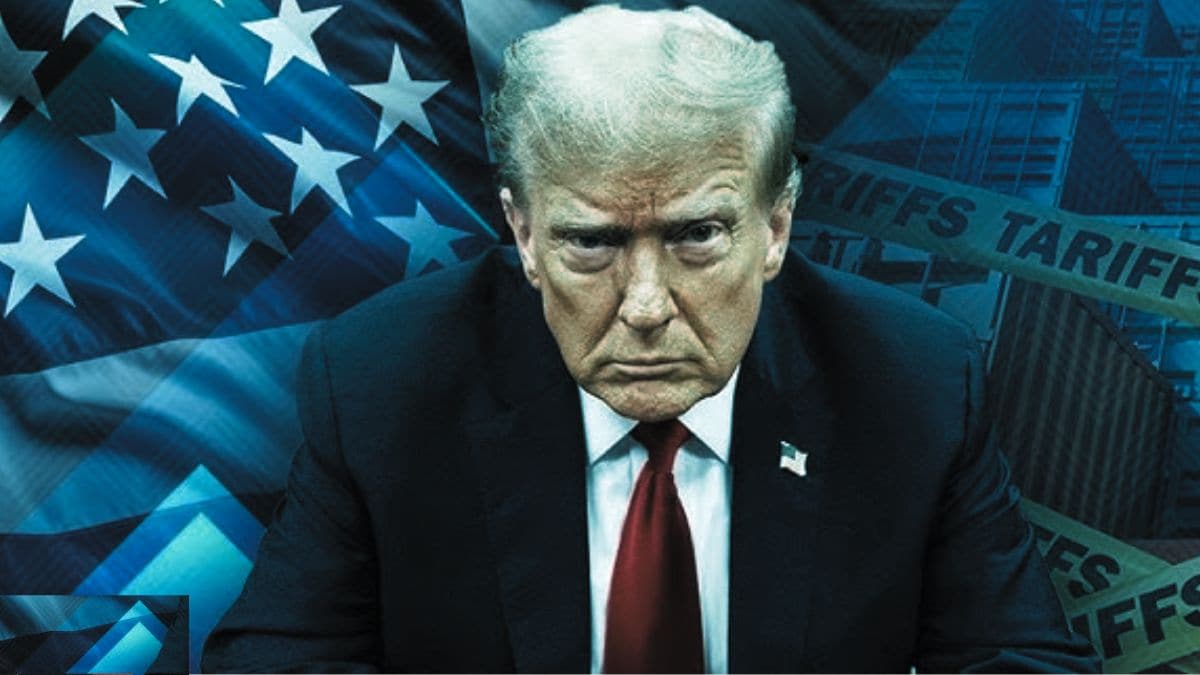

President Trump's sweeping tariffs, implemented in early August 2025, have sent shockwaves through the global economy, leaving a trail of disruption and uncertainty in their wake. While the administration touts these measures as a way to level the playing field, revive American manufacturing, and correct unfair trading practices, the reality is far more complex, with businesses, consumers, and entire nations feeling the pinch.
The tariffs, ranging from 10% to 50%, have been applied to a wide array of goods from dozens of countries, hitting both allies and rivals alike. While some nations, such as Japan, South Korea and the EU, managed to negotiate deals to lower their tariff rates, they are still facing significantly higher import duties than before. Others, like Canada, Switzerland, Laos and Brazil, have been hit with particularly steep levies, leading to market jitters and fears for jobs.
Canada, a major U.S. trading partner, is now subject to a 35% tariff on many of its exports to the United States. While the Canada-United States-Mexico Agreement (CUSMA) exempts a significant portion of goods, the new tariffs still impact a range of products across various sectors. Prime Minister Mark Carney expressed disappointment, emphasizing Canada's commitment to CUSMA and vowing to protect Canadian jobs and diversify export markets. Despite these efforts, the tariffs could lead to higher costs for Canadian businesses and consumers, as well as increased uncertainty in the trading relationship.
Laos, a smaller economy heavily reliant on exports to the U.S., faces a particularly challenging situation with tariffs reaching 40%. This could severely impact its agricultural, textile, and light manufacturing sectors, potentially leading to a significant drop in orders from American buyers. Lao coffee, a signature export, could also take a hit. The tariff hike may force Laos to rely more on regional trade partners, particularly China, which has been increasing its influence in the country through infrastructure projects.
The impact of Trump's tariffs extends beyond specific countries, affecting global supply chains and potentially leading to increased prices for consumers. Industries such as automotive, electronics, and agriculture are particularly vulnerable. A study by the National Taxpayers Union estimates that the revised U.S. tariffs could cost Americans an average of $2,048 per year.
The tariffs are paid by import companies in the U.S. who then pass the cost to consumers through higher prices. While Trump portrays the tariffs as a tax on foreign countries, economists estimate that overseas exporters have absorbed only a fraction of the rising costs, with Americans and U.S. businesses picking up the majority of the tab.
Despite the potential economic downsides, some argue that the tariffs could benefit the U.S. by encouraging domestic production and rebuilding the industrial base. White House spokesperson Kush Desai stated that Trump's trade deals have unlocked unprecedented market access for American exports. Moreover, the tariffs are projected to raise significant revenue, which could be used to reduce federal debt.
However, the legality of Trump's "emergency" tariffs is being challenged in federal courts. The Court for International Trade (CIT) has ruled that tariffs imposed under the International Emergency Economic Powers Act (IEEPA) are unlawful. This has created further uncertainty for businesses and governments.
Overall, the long-term consequences of Trump's tariffs remain to be seen. While some sectors and countries may benefit, the consensus is that the tariffs will lead to higher prices, reduced trade, and slower economic growth for everyone involved, including the U.S..